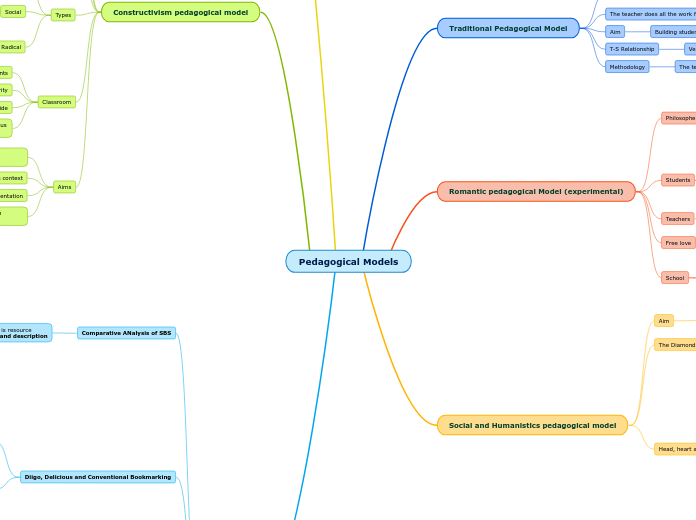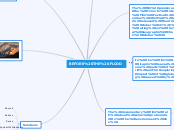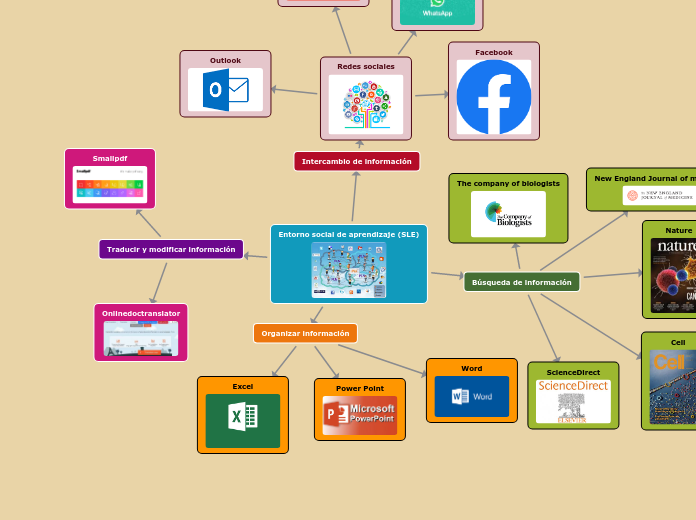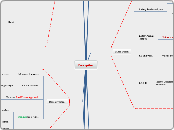Inquiry
Related Concepts
Research
Levstik & Pappas (1992)
"Historically, the term research has implied investigation into the unknown. The heart of such an investigation involves framing a question and a hypothesis, testing the hypothesis, and discovering something new--at least new ot the investigator" (Aulls & Shore, 2008, p. 7, paraphrasing Levstik & Pappas, 1992).
Parker (1989)
"Research is formalized curiousity. It's poking and prying iwth a purpose" (Aulls & Shore, 2008, p. 7, paraphrasing Parker, 1989).
Problem Solving
Kondziolka & Normandeau (1986)
"Problem solving may be simplified into three main steps with subskills in each: (a) gathering information (search) and representing the problem (observing, questioning); (b) generating solutions: brainstorming, blockbusting, hypothesizing; and (c) judging solutions (giving supportive evidence, developing criteria or standards, verifying, and evaluating)" (Aulls & Shore, 2008, p. 7, paraphrasing Kondziolka & Normandeau, 1986).
Dillon (1982)
"Problem finding is the process of identifying and focusing a problem. Those activities and processes and events which precede the solving of a clearly posed problem" (Aulls & Shore, 2008, p. 7, paraphrasing Dillon, 1982).
Newell & Simon (1972, p. 173)
"Problem solving is finding a path (a solution) that overcomes the obstacle, permitting us to reach the desired goal state. From an infomation processing view, problem solving is a search for the best set of paths that may surmount the obstacle and lead to the goal state. Solution to the problem can be thought of as a search for productions that move from problem state to a goal state" (Aulls & Shore, 2008, p. 7, quoting Newell & Simon, 1972, p. 173).
Discovery
Mjoo& deJong (1993, pp. 821-822)
"Discovery learning is an instructional an d learning approach whereby the learner is an active and constructive agent in knowledge acquisition. learners have to formulate for themselves: principles, procedures or higher order skills" (Mjoo & deJong, 1993, pp. 821-822, quoted in Aulls & Shore, 2008, p. 6)
Karplus & Their (1967)
"Guided discovery teaching and learning tries to help students learn to learn. it is not restricted to finding something entirely new to the world such as an invention or theiry. It is a matter of internally rearranging data so students can go beyond the data to form concpets new to them" (Aulls & Shore, 2008, p. 6, paraphrasing karplus & Their, 1967).
Morine-Dreshimer & Morine (1973, pp. 81-82)
"Inductive discovery involves the collection and reordering of data to arrive at a new category, concept, or generalization" (Aulls & Shore, 2008, p. 5, quoting Morine-Dreshimer & Morine (1973, pp. 81-82))
Bruner (1961)
"Discovery, whether by a schoolboy going it on his own or by a scientist cultivating the growing edge of his hield, is in its essence a matter of rearranging or transforming evidence in such a way that one is enabled to go beyond the evidence to reassembled to additional new insights" (Aulls & Shore, 2008, p. 6, paraphrasing Bruner, 1961)
Definitions
Inquiry learning
Hawkins & Pea (1987)
"Inquiry has the potential of helping children to keep knowledge alive and create their own knowledge. it ought to be self-motivated, intentional learning. We want to end up with citizens who both want to and are able to inquire on their own as adults" (Aulls & Shore, p. 5, paraphrasing Hawkins & Pea, 1987)
Schoen (1992, p. 181)
"Inquiry learning is concerned with solving problems but does not require solutions to problems. It involves a flexible yet systematic approach toward solutions. Inquiry leanring is learning about the topic being investigated while simultaneously learning about the process of inquiry" (Aulls & Shore, p. 4, paraphrasing Shoen, 1992)
Massialas (1969)
"Learning through inquiry entails a change in attitude toward knowledge. Knowledge becomes viewed as tentative rather than absolute and all claims to knowledge are under continuous revision and confirmation" (Aulls & Shore, 2008, p. 4, paraphrasing Massialas, 1969)
Inquiry instruction
Aulls & Shore (2008)
"what implicitly underlies any inquiry approach to the enactment of an inquiry-oriented curriculum process in the classroom is a decentering of the teacher and a centering of the student as the focus of instruction. This process can be conceived of as one in which the teacher hands over more decision-making power to the learning for going about problem solving, investigation, or the invention and discovery of patterns from a stream of information" (Aulls & Shore, 2008, p. 10).
Dewey (1938)
"The role of the teacher is to establish an environment and provide experiences that have the most potential. . .for a particular group of students. The question and the curriculum itself are negotiated with students" (Aulls & Shore, 2008, p. 4, paraphrasing Dewey, 1938)
Inquiry process
Beyer (1979)
"Inquiry is a self-directed, rational strategy for making sense out of experience" (Aulls & Shore, 2008, p. 4, paraphrasing Beyer, 1979).
Schoen (1992, p. 62)
"Inquiry is the controlled or directed transformation of an indeterminate situation into one that is so determinate in its constituent distinctions and relations as to convert the elements in the original situation in to a unified whole" (Aulls & Shore, 2008, p. 4, quoting Shoen, 1992, p. 62)
Massialas & Zevin (1967)
"Analytic inquiry or reflection is guided by a purpose (the solution to a problem); it creates alternatives and it sets controls to check the veracity of proposition [sic] and relate them to a more familiar body of theory" (Aulls & Shore, 2008, p. 4, paraphrasing Massialas & & Zevin, 1967).
Layers of Inquiry
Teacher Educator Inquiry
Teacher Inquiry
Student Inquiry









